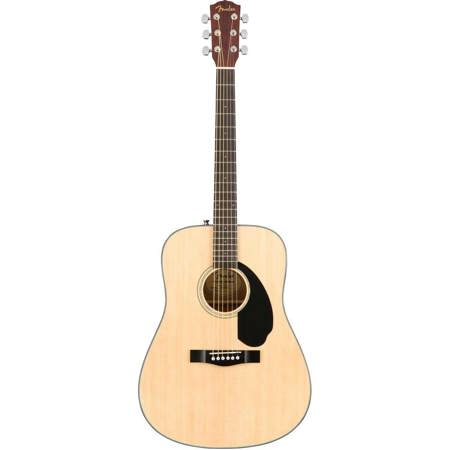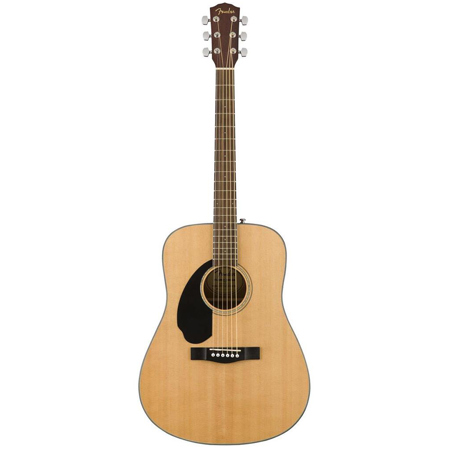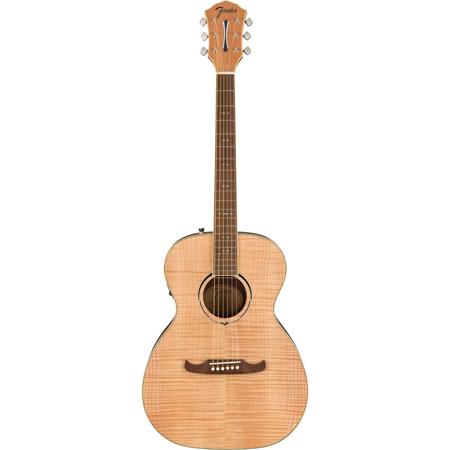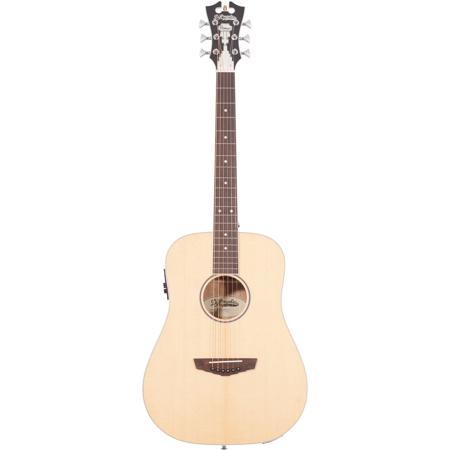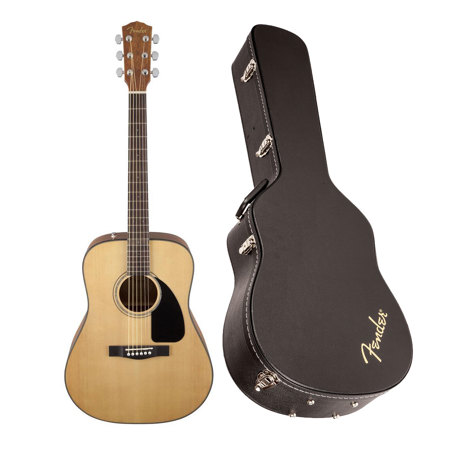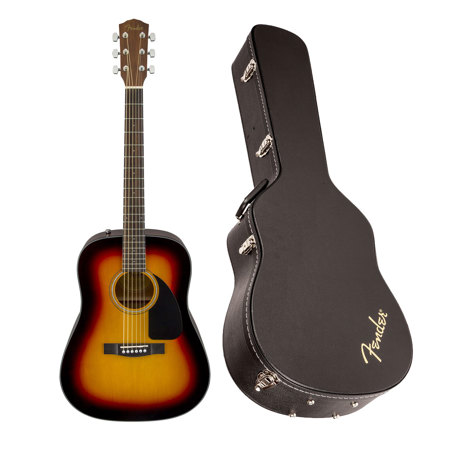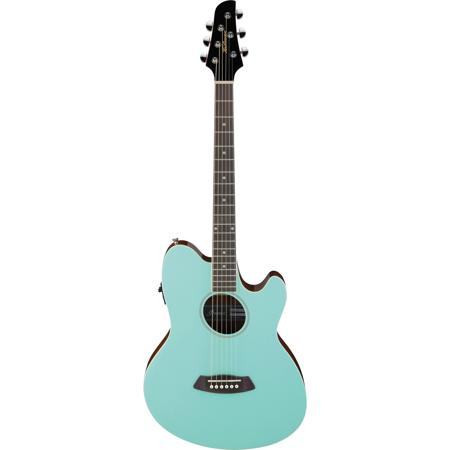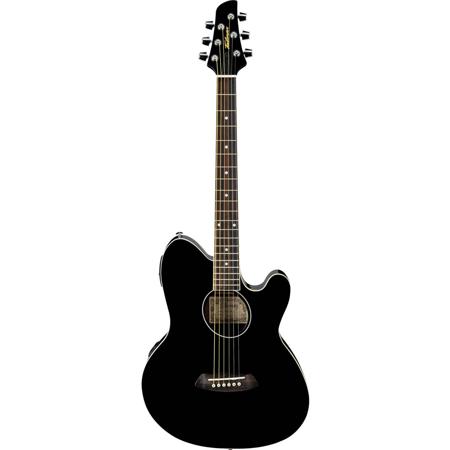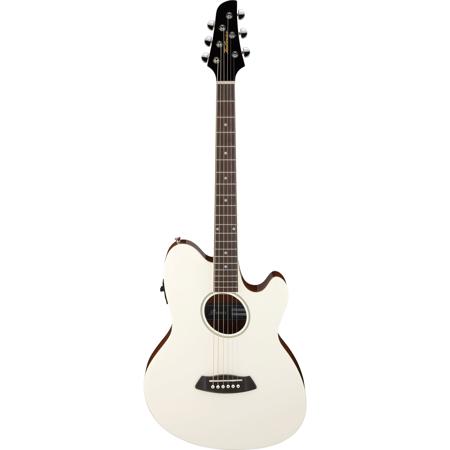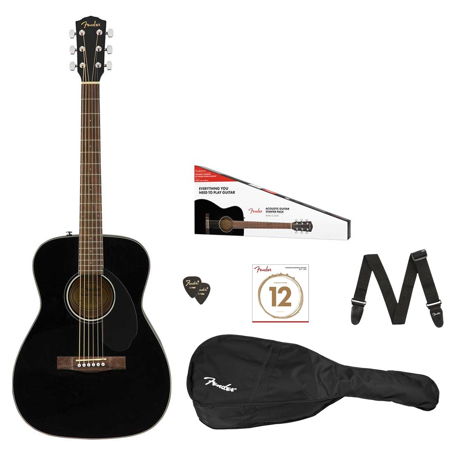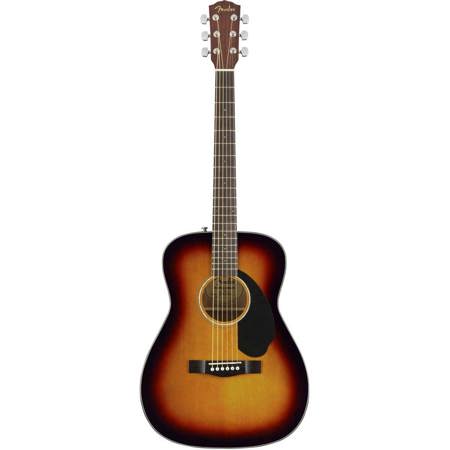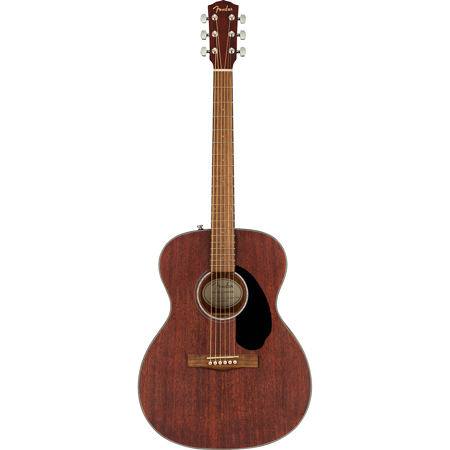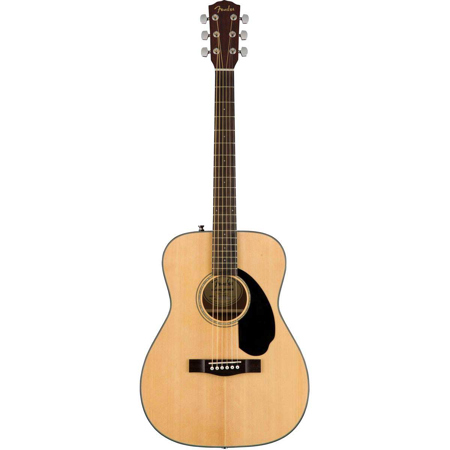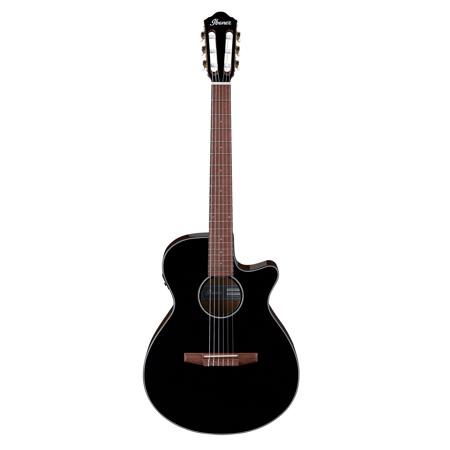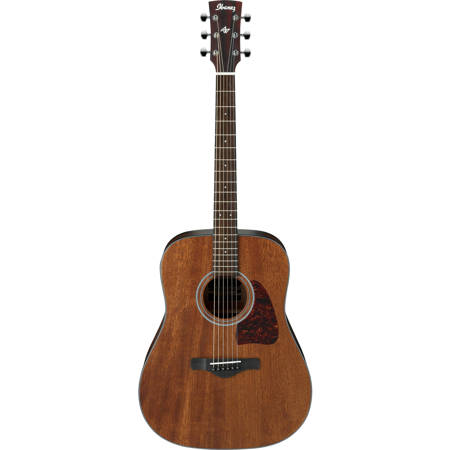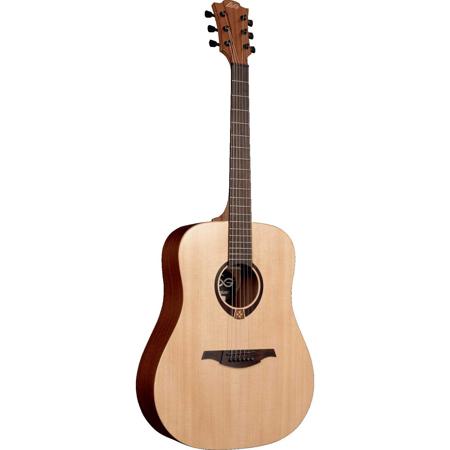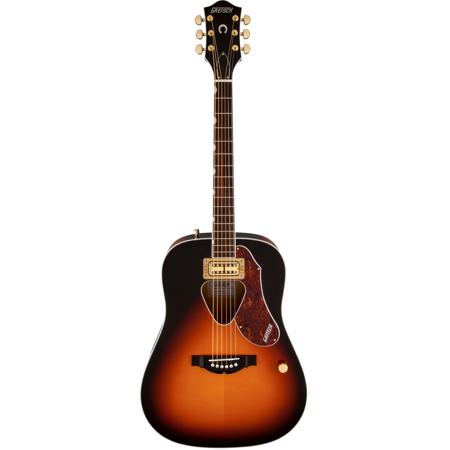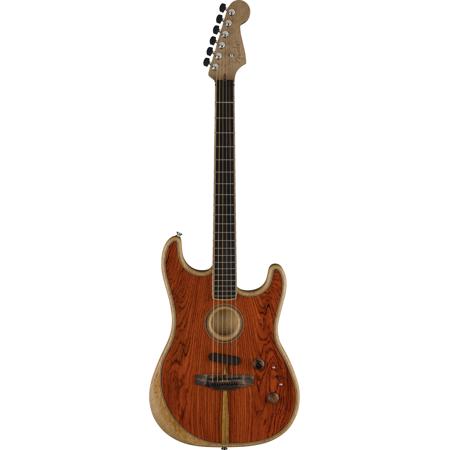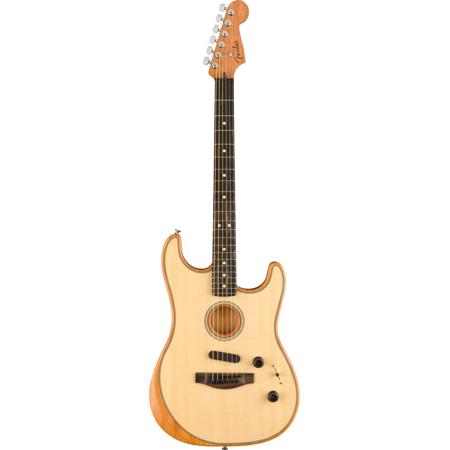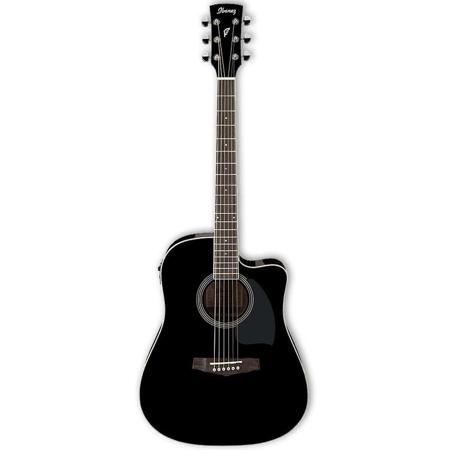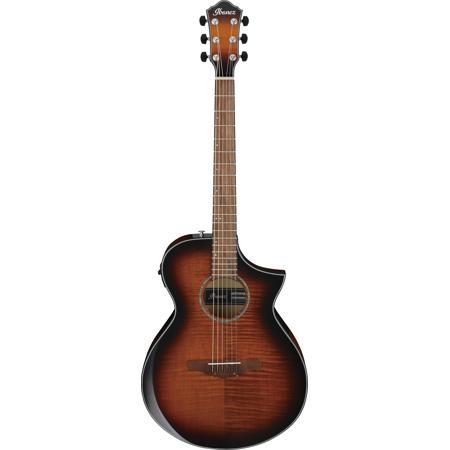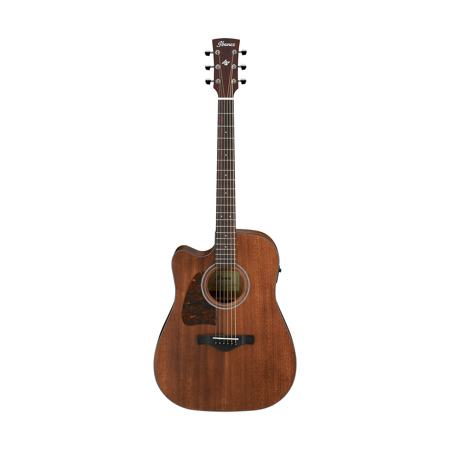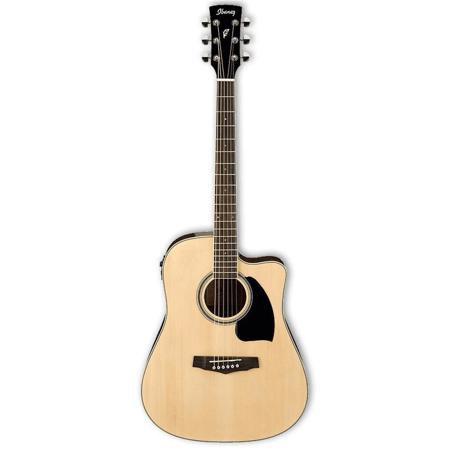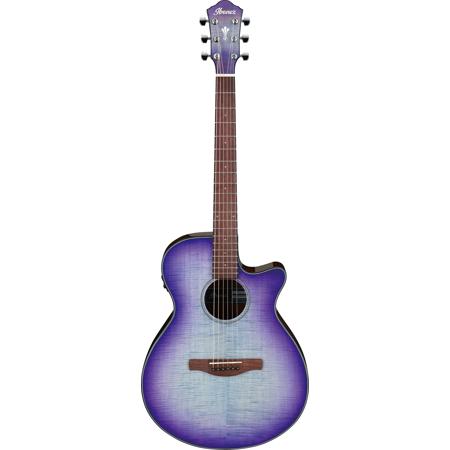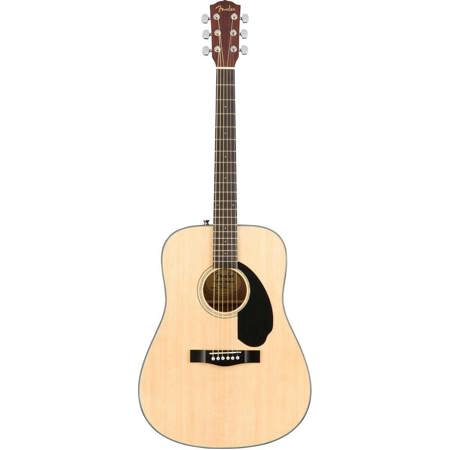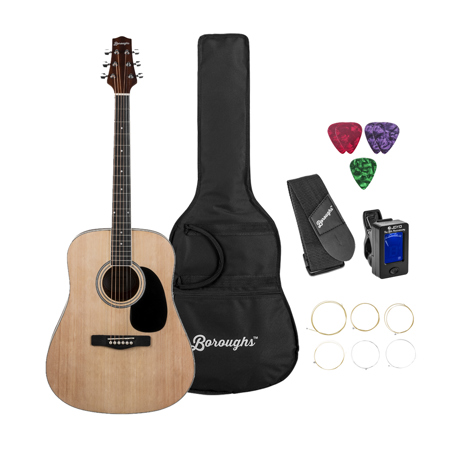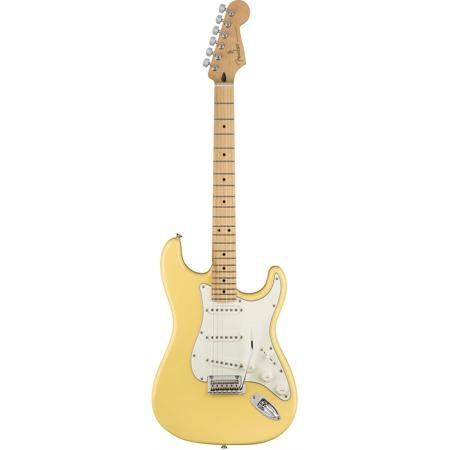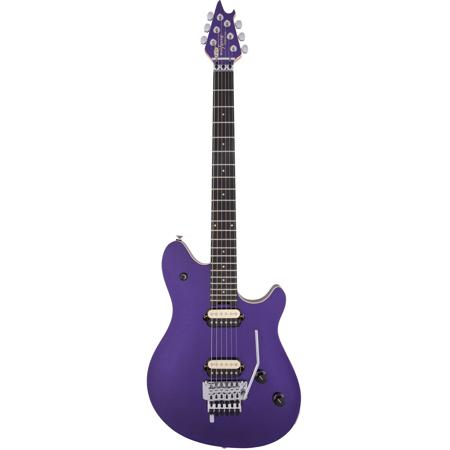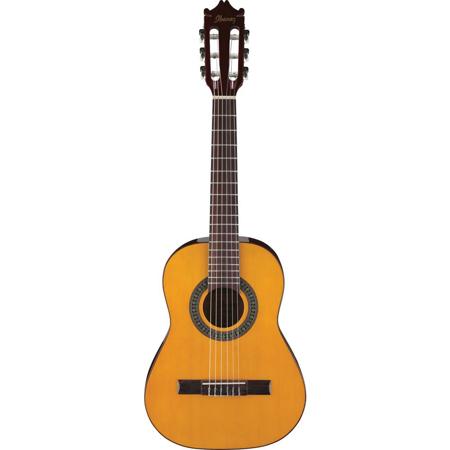Acoustic Guitars For Intermediate Players
Choosing the right acoustic guitar as an intermediate player is a meaningful step in your musical journey, where both your skills and your ear for tone have matured beyond the beginner stage. At this level, the nuances of build quality, tonewood selection, and body shape become increasingly important. Many intermediate players gravitate toward guitars with a solid wood top—often spruce or cedar—which produces a richer, more resonant sound that actually improves with age and regular playing. The tactile pleasure of running your fingers along a well-finished fretboard, combined with the satisfying projection of a solid top, can inspire longer practice sessions and more expressive performances. As the autumn air grows crisp, there's something especially inviting about gathering with friends, sharing songs around a fire, or simply playing for yourself in a quiet room, the guitar’s warm tones echoing through the season.
Intermediate acoustic guitars are thoughtfully designed to bridge the gap between entry-level models and high-end professional instruments. They offer a noticeable upgrade in playability and sound, with features like comfortable neck profiles, smooth fret edges, and low string action that make complex chords and fingerstyle runs more accessible. Whether you’re a hobbyist refining your technique, a songwriter seeking a reliable companion for creative sessions, or a performer preparing for open mic nights, these guitars provide the versatility and quality needed to grow. They also make an exceptional gift for a dedicated student, a family member rediscovering music, or anyone ready to invest in their passion. During the fall months, when the urge to create and connect often surfaces, an intermediate acoustic guitar can be the perfect catalyst—ideal for composing new melodies, recording demos at home, or simply enjoying the tactile, unplugged experience of making music.
When selecting an acoustic guitar at this stage, consider how body shape affects comfort and sound. Dreadnoughts deliver bold volume and deep bass, making them great for strumming and ensemble playing, while concert and parlor models offer a more intimate feel and articulate tone, well-suited for fingerpicking or smaller hands. The choice of tonewoods—such as mahogany for warmth or rosewood for clarity—can further tailor the instrument’s voice to your style. If you plan to perform or record, you might look for a model with built-in electronics for easy amplification, though many players prefer the pure acoustic tone and add a pickup later if needed. For those exploring different genres, expanding your collection to include other types of guitars can be rewarding; you can find inspiration and options on our dedicated page for Electric Guitars For Intermediate Players. Ultimately, the right intermediate acoustic guitar is one that feels like an extension of yourself, inviting you to play more often, express more deeply, and enjoy the evolving journey of musicianship.
Intermediate acoustic guitars are thoughtfully designed to bridge the gap between entry-level models and high-end professional instruments. They offer a noticeable upgrade in playability and sound, with features like comfortable neck profiles, smooth fret edges, and low string action that make complex chords and fingerstyle runs more accessible. Whether you’re a hobbyist refining your technique, a songwriter seeking a reliable companion for creative sessions, or a performer preparing for open mic nights, these guitars provide the versatility and quality needed to grow. They also make an exceptional gift for a dedicated student, a family member rediscovering music, or anyone ready to invest in their passion. During the fall months, when the urge to create and connect often surfaces, an intermediate acoustic guitar can be the perfect catalyst—ideal for composing new melodies, recording demos at home, or simply enjoying the tactile, unplugged experience of making music.
When selecting an acoustic guitar at this stage, consider how body shape affects comfort and sound. Dreadnoughts deliver bold volume and deep bass, making them great for strumming and ensemble playing, while concert and parlor models offer a more intimate feel and articulate tone, well-suited for fingerpicking or smaller hands. The choice of tonewoods—such as mahogany for warmth or rosewood for clarity—can further tailor the instrument’s voice to your style. If you plan to perform or record, you might look for a model with built-in electronics for easy amplification, though many players prefer the pure acoustic tone and add a pickup later if needed. For those exploring different genres, expanding your collection to include other types of guitars can be rewarding; you can find inspiration and options on our dedicated page for Electric Guitars For Intermediate Players. Ultimately, the right intermediate acoustic guitar is one that feels like an extension of yourself, inviting you to play more often, express more deeply, and enjoy the evolving journey of musicianship.
